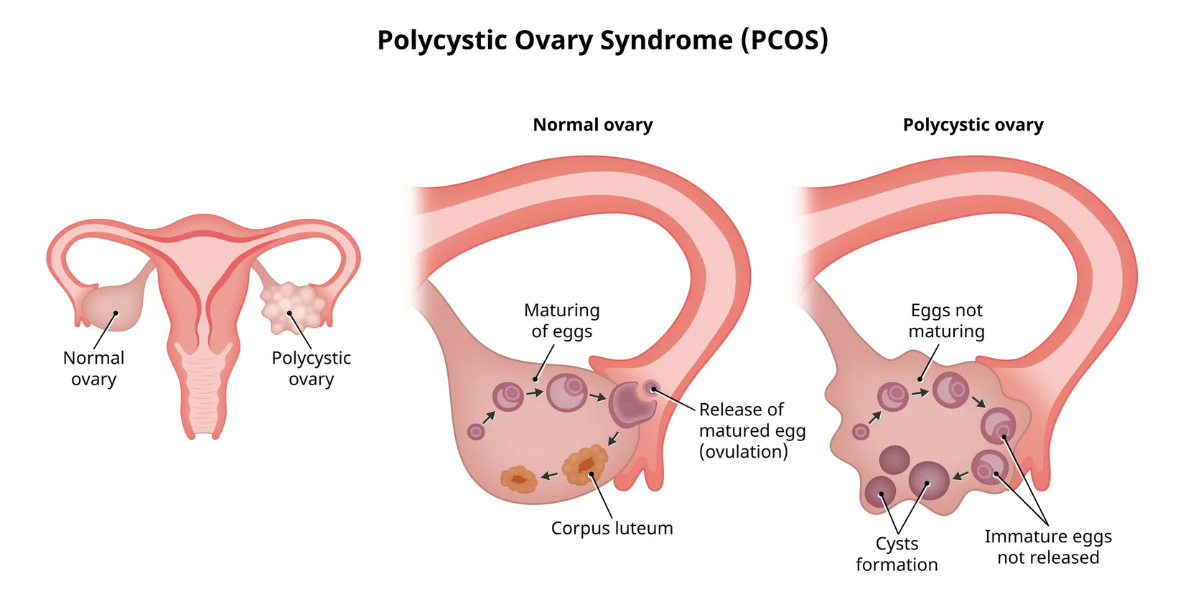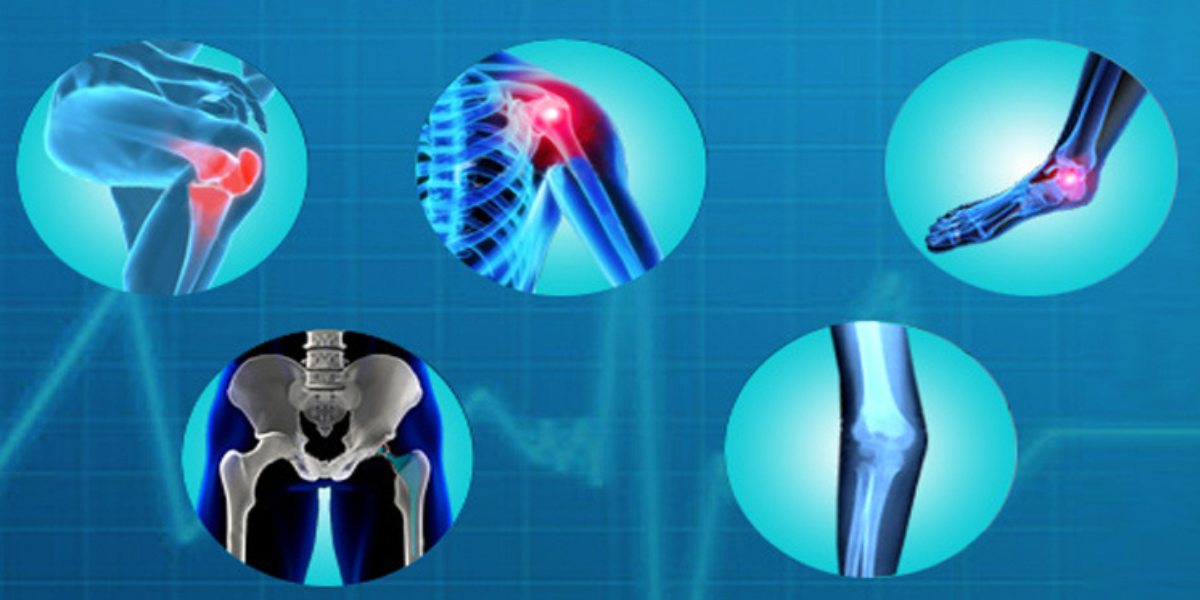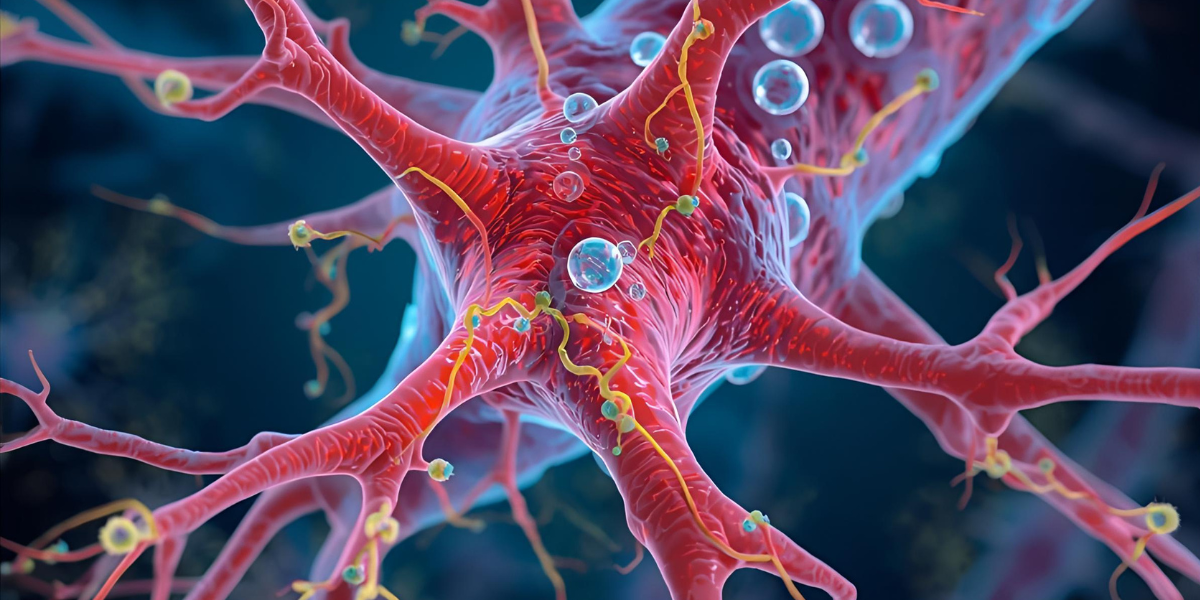
Why a Lot of Adults Experience Arthritis
Arthritis is often thought of as a disease of old age, but many adults begin to feel its effects far earlier than expected. From stiffness in the knees after waking up to persistent joint pain that disrupts daily life, arthritis has become increasingly common among adults of all ages.
Understanding Arthritis and Its Many Forms
Arthritis isn’t a single disease but a term used to describe inflammation of the joints. It encompasses more than 100 different conditions, with osteoarthritis and rheumatoid arthritis being the most common. Osteoarthritis is a degenerative condition that occurs when the cartilage cushioning the joints wears away over time. Rheumatoid arthritis, on the other hand, is an autoimmune disorder where the body’s immune system mistakenly attacks the joint linings. Both lead to pain, swelling, reduced mobility, and joint damage if left untreated.
The Role of Age and Wear and Tear
One of the primary reasons arthritis becomes more prevalent with age is simple wear and tear. As people get older, the cartilage that cushions their joints naturally begins to thin and lose its elasticity. Years of repetitive movements like walking, lifting, typing, or even just standing add up, gradually stressing the joints and accelerating cartilage breakdown. While this process is natural, it affects people differently based on their lifestyle, genetics, and overall health.
Lifestyle Factors That Accelerate Joint Damage
Modern lifestyles play a significant role in the rising incidence of arthritis among adults. Sedentary habits, poor posture, and obesity are major contributors. Excess weight, for example, puts more pressure on weight-bearing joints like the knees, hips, and lower back, speeding up joint degeneration. Meanwhile, a lack of regular physical activity can weaken the muscles that support joints, leading to instability and increased strain. Even occupations that involve repetitive joint movement or heavy lifting can increase arthritis risk over time.
The Influence of Genetics and Family History
Genetics can also influence who gets arthritis. People with a family history of osteoarthritis or autoimmune conditions like rheumatoid arthritis may be more likely to develop symptoms themselves. Certain inherited traits can affect how cartilage is formed or how the immune system behaves, making some individuals more susceptible to early-onset arthritis. While genes cannot be changed, understanding one’s risk can help in taking early preventative steps.
Injuries and Joint Trauma
Injuries sustained during youth or adulthood, especially those involving joints, can set the stage for arthritis later on. Damage to the cartilage, ligaments, or bones around a joint can cause long-term instability or inflammation. Conditions like sports injuries, fractures, or even surgery on a joint may lead to a form of arthritis known as post-traumatic arthritis, which often appears years after the initial injury.
The Importance of Early Recognition and Care
One of the challenges with arthritis is that its early symptoms are often subtle and easy to ignore. Mild stiffness, occasional swelling, or joint discomfort might be dismissed as temporary issues. However, catching arthritis in its early stages can make a big difference. Lifestyle modifications, physical therapy, medication, and other interventions can help manage symptoms and slow disease progression, preserving joint function for longer.
Conclusion
Many adults experience arthritis not just because of aging, but due to a combination of factors including lifestyle, genetics, injuries, and chronic stress on the joints. As people live longer and more sedentary lifestyles become the norm, arthritis has become a common companion in adulthood. Recognizing the early signs and understanding what contributes to joint damage, individuals can take proactive steps to protect their joints, stay mobile, and reduce the impact of arthritis on their lives.






